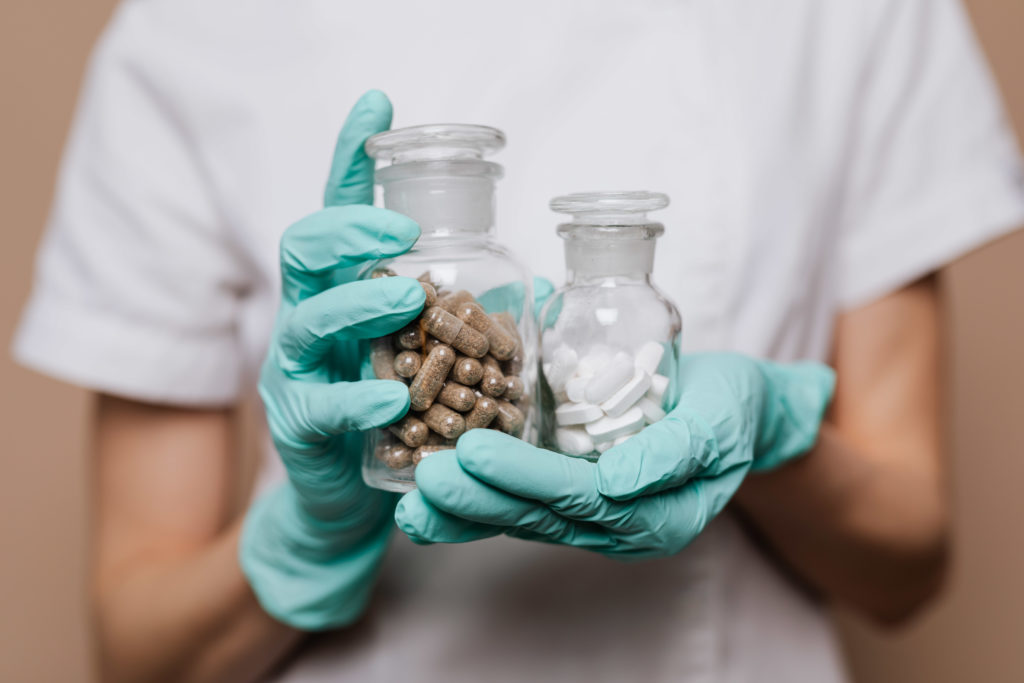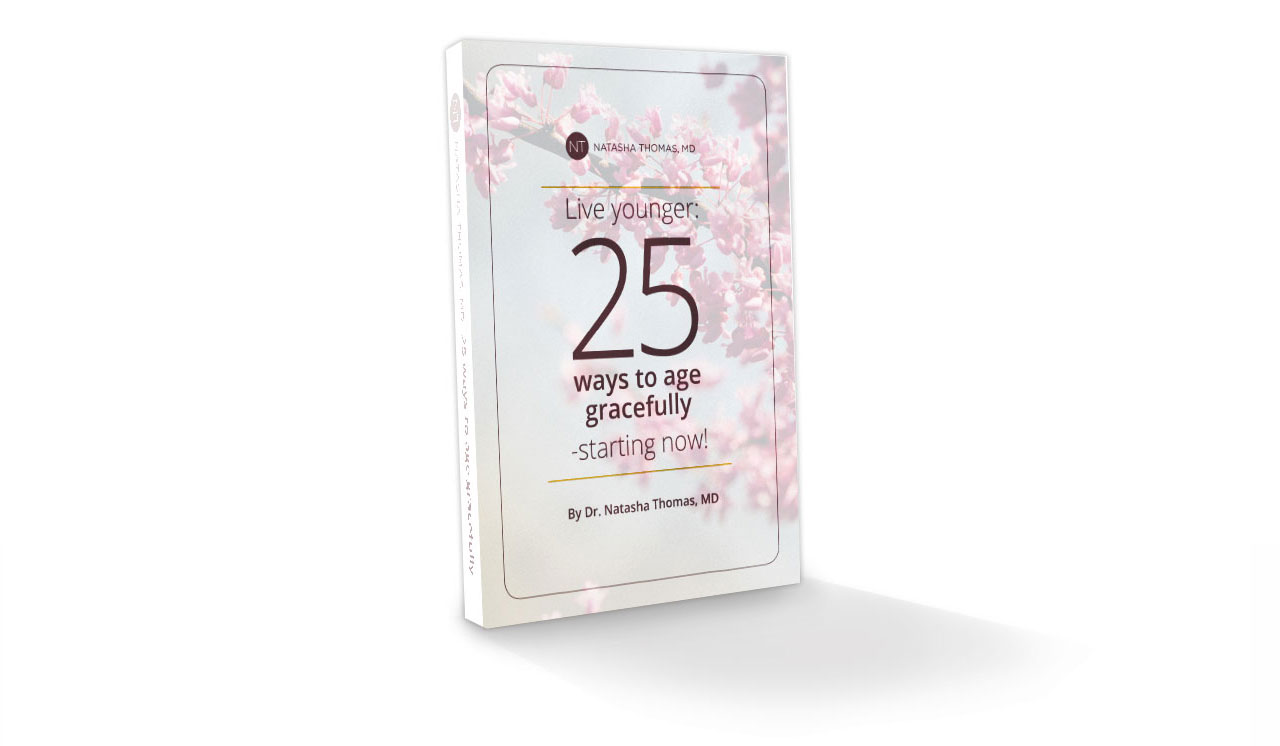By Natasha Thomas, MD
Content revised: 01/27/2024
Posted on: July 18, 2020
Over the years, many drugs have claimed to safely resolve difficult ailments and relieve persistent pain caused by chronic illness. Too often, results fall short, especially in the safety area. However, in the case of low dose naltrexone (LDN), both the results and safety data are impressive. Clinical studies continue to reveal the vast LDN benefits that make this affordable medication a widely preferred treatment.
From rheumatoid arthritis to depression, the scope of conditions that LDN has shown efficacy in treating is staggering. And unlike many pharmaceutical interventions, high risks don’t outweigh the LDN benefits—offering a sustainable option for relief and improved quality of life for people facing all kinds of chronic illness.
LDN Benefits
LDN benefits extend to a wide variety of conditions. By regulating immune function, LDN can alleviate symptoms of autoimmune diseases by helping reduce inflammation, and by modulating pain perception pathways in the central nervous system, LDN has shown promise in managing numerous chronic pain conditions, such as fibromyalgia.
Here’s a short list of conditions consistently shown to benefit from LDN:
- Rheumatoid arthritis
- Lupus
- Multiple sclerosis (MS)
- Peripheral Neuropathy
- Fibromyalgia
- Hashimoto’s thyroiditis
- Chronic fatigue syndrome
- Crohn’s disease
- Irritable bowel syndrome (IBS)
- Lyme disease
- Depression
- Cancer
And the list goes on! That’s only a fraction of the illnesses that LDN has been shown to help. What makes LDN benefits even more noteworthy is the low cost and minimal side effects associated with treatment, compared to traditional treatments for autoimmune disorders and chronic pain. LDN is generally well-tolerated by most individuals, with side effects typically being mild and transient. Plus, since it can be taken orally and is effective in low doses, LDNm is convenient for long-term use.
What Is Naltrexone?
You may have heard that naltrexone saves the lives of opioid addicts during overdoses. That’s true. That was the first use the FDA approved the drug for in 1984. For that type of medical emergency, naltrexone is given at a high dose, typically 50 mg.
Low dose naltrexone, on the other hand, which is administered at a dosage of 1–4.5 mg, works differently. By modulating the body’s immune response and influencing the release of certain neurotransmitters, naltrexone can, at low doses, safely trigger your body to make its own healing medicine.

How Does LDN Work?
Naltrexone temporarily blocks opioid receptors. That’s why a high dose saves the life of an overdose victim. But what about LDN benefits? Why would blocking immune system-assisting hormones improve healing?
When the receptor sites are blocked for a specific and short time, the immune system speeds up its own production of beta-endorphin and met-enkephalin—natural substances that regulate the immune system and reduce inflammation. Many of your tissues have receptors for these hormones, including nearly every cell of your immune system (much of which is located in your gut).

Enjoying this article?
Subscribe + don’t miss the next one!
We’ll also send you our e-book: Live Younger 25 Ways to Age Gracefully—Starting Now.
So, by increasing endorphins, a low dose of naltrexone taken at bedtime can help regulate immune function, modulate inflammatory responses, and potentially alleviate symptoms associated with autoimmune diseases and chronic pain conditions. These LDN benefits have helped a remarkably large number of patients feel better and heal.
Clinical Research Behind LDN Benefits
Bernard Bihari, MD, a pioneer in this research, found that LDN spared the important T—cells in HIV/AIDS patients. In addition, 50% of his 300 cancer patients had a slowing or halt of the cancer growth after 4 to 6 months on LDN. Of that 150, one third showed tumor shrinkage.
Even more impressive, all of Dr. Bihari’s autoimmune patients (400) improved with LDN. Patients with multiple sclerosis had dramatic improvement, and less than 1% of them ever had a recurrence of symptoms as long as they continued their nightly dose of low dose naltrexone.
Dr. Jill Smith, a professor of gastroenterology at Pennsylvania State University College of Medicine, reported in the American Journal of Gastroenterology that 89% of her patients with active Crohn’s disease responded to the LDN treatment during her pilot study.
Dr. Jaquelyn McCandless used transdermal cream to deliver LDN to autistic children, with positive results.
In March of 2018, research from a German university showed 74.5% improvement and 25.5% remission in inflammatory bowel disease.
Many more studies demonstrate the positive LDN benefits and safety profile of this medication treatment. Research continues to uncover the potential of LDN in treating a wide range of conditions, from autoimmune diseases to neurological disorders. The growing body of evidence supporting LDN’s efficacy highlights its versatility and promise as a therapeutic option for patients seeking alternatives to conventional treatments for various chronic illnesses.
Key Considerations before Starting LDN Treatment
If you’re seeking treatment for chronic illness or pain, low dose naltrexone could be an excellent option. That said, it’s important to consider several key factors before starting treatment—both to make sure it could be effective for you specifically and to fully maximize potential LDN benefits.
Who Is a Good Candidate for LDN?
Good candidates for low dose naltrexone typically include individuals with autoimmune diseases, chronic pain conditions, or certain neurological disorders—especially those who have not responded well to conventional treatments. While LDN generally has a favorable safety profile, there are some specific circumstances in which LDN may not be appropriate or may require extra caution:
- If you are currently taking narcotic medications, your doctor would have to wean you off of them, using appropriate non-narcotic substitutes while your system clears.
- If you have MS with muscle spasms, you may need to start off with a lower dose.
- If you have Hashimoto’s thyroiditis and take a thyroid hormone replacement for hypothyroidism, be aware that you might see LDN benefits more quickly. Your need for a thyroid hormone replacement may sharply decrease.
- If you have a surgery scheduled, you will need to discontinue LDN for one or two days prior, as it’s important not to block opioid drugs during surgery, resuming again when your need for post-surgery narcotic medications ends.

What Are the Side Effects of Low Dose Naltrexone?
While many patients experience zero negative LDN side effects, there are some possible side effects, most of which are temporary and due to the endorphin increase. The most common include:
- Slight anxiety
- Insomnia
- Vivid dreams
- Naltrexone constipation, nausea, or diarrhea
Some symptoms are more common among patients with certain medical diagnoses. For example, multiple sclerosis patients may experience greater fatigue or muscle spasm at first, and chronic fatigue patients may experience flu-like symptoms.
However, doctors and researchers continue to see excellent results that demonstrate high LDN benefits with low risk. If you experience any side effects, it is likely that your symptoms will pass and that greater health will be waiting for you on the other side.
Enjoying this article? Subscribe + don’t miss the next one!
We’ll also send you our e-book: Live Younger 25 Ways to Age Gracefully—Starting Now.
What to Avoid When Taking Low Dose Naltrexone
When taking low dose naltrexone, it’s important to avoid certain medications and substances that could cause adverse effects or diminish LDN benefits. One crucial consideration is to steer clear of opioid-containing medications, as naltrexone can block the effects of opioids and may precipitate withdrawal symptoms if taken together. This includes prescription painkillers, opioid-based cough syrups, and recreational drugs like heroin.
Additionally, individuals should avoid alcohol while taking LDN, as combining the two can increase the risk of liver toxicity. Some medications, particularly those that affect the central nervous system or liver function, may interact with LDN and alter its effects.
In any case, it’s important to inform healthcare providers about all medications, supplements, and herbal remedies being taken to avoid potential interactions.
How to Get Started with LDN
To get started with low dose naltrexone, the first step is to consult with a healthcare provider who is knowledgeable about LDN benefits, uses, and risks. If after assessing your medical history, current medications, and specific health concerns, your doctor determines that naltrexone is a suitable option for you, they can prescribe a low dose to be filled by a compounding pharmacy.
When securing your prescription from a pharmacist, here are a few tips to ensure a smooth and effective process:
- Specify that you do NOT want timed or SR (slow release) naltrexone. Therapeutic results come from unaltered LDN taken at bedtime to spike the bloodstream.
- Specify that you do NOT want calcium carbonate used as a filler. Dr. Skip Lenz found that it interfered with the LDN absorption rate and results. He recommended Avicel, lactose, or sucrose, if a filler must be used in capsules.
- If LDN is used in liquid form, keep it refrigerated.
Exploring LDN Benefits with Natasha Thomas, MD
If you’re seeking alternative treatment options for managing chronic illness, pain, or other health challenges, I can help you explore the full range of LDN benefits for you. As a specialist in personalized lifestyle medicine, I offer comprehensive consultations tailored to your unique health needs. By carefully examining your health history, symptoms, and goals, we can determine if LDN may be a beneficial addition to your treatment plan.
With my guidance, you can take proactive steps towards feeling better and reclaiming control over your health. Schedule a consultation with me today to start your journey towards a healthier, more vibrant life.
Revitalize your life and promote healthy aging through personalized lifestyle medicine with Dr. Natasha Thomas. Schedule a consultation now to take the first step towards a healthier, more vibrant you.
This article was originally published on ThomasSeashore.com.

